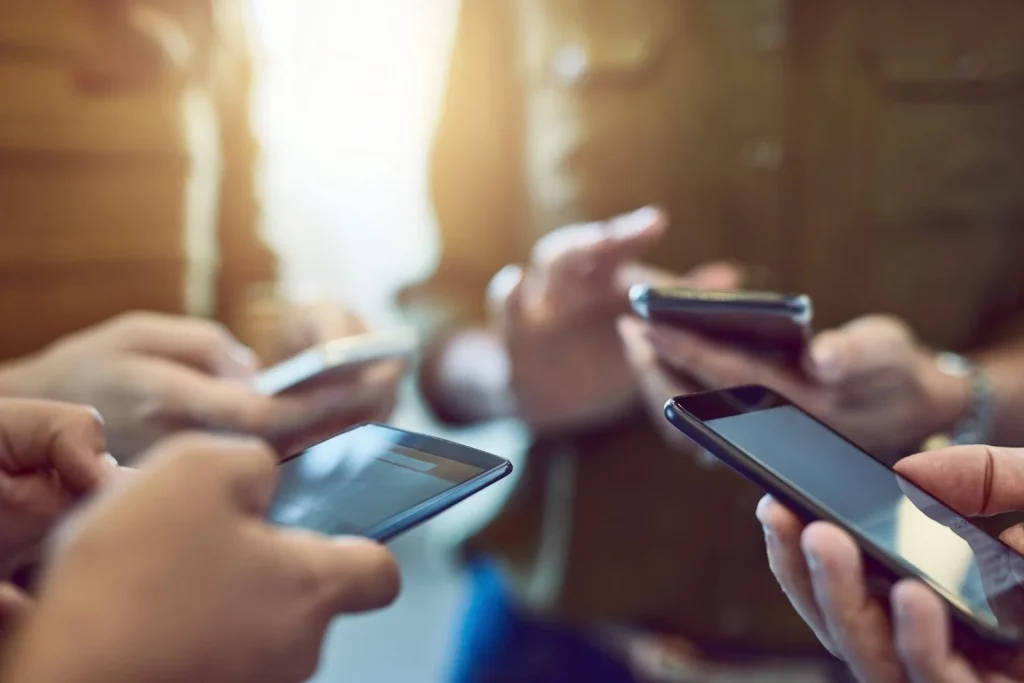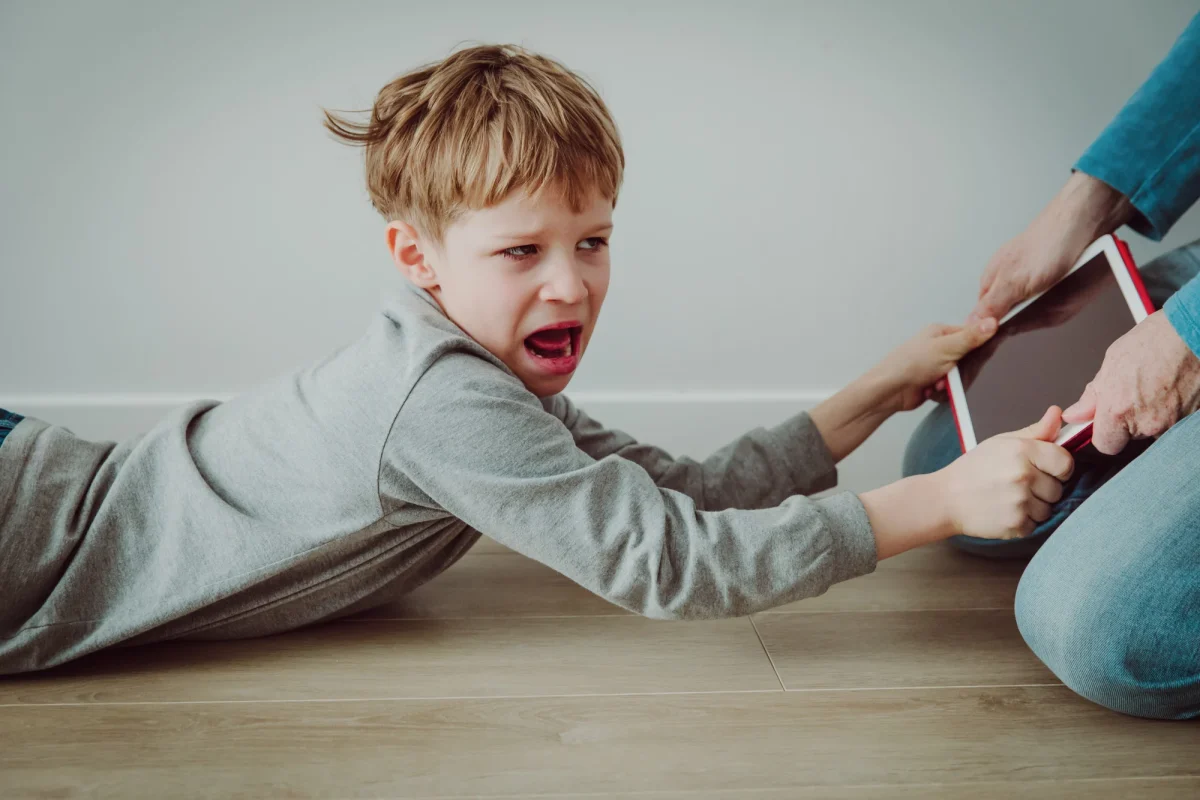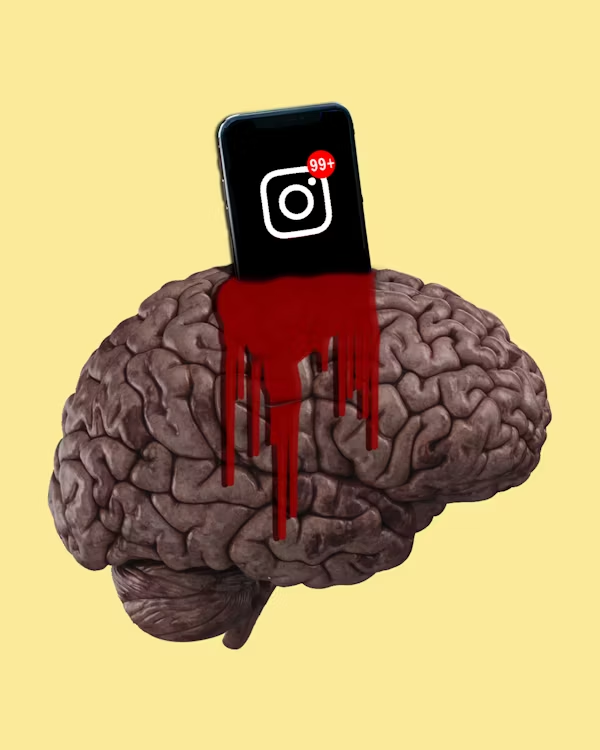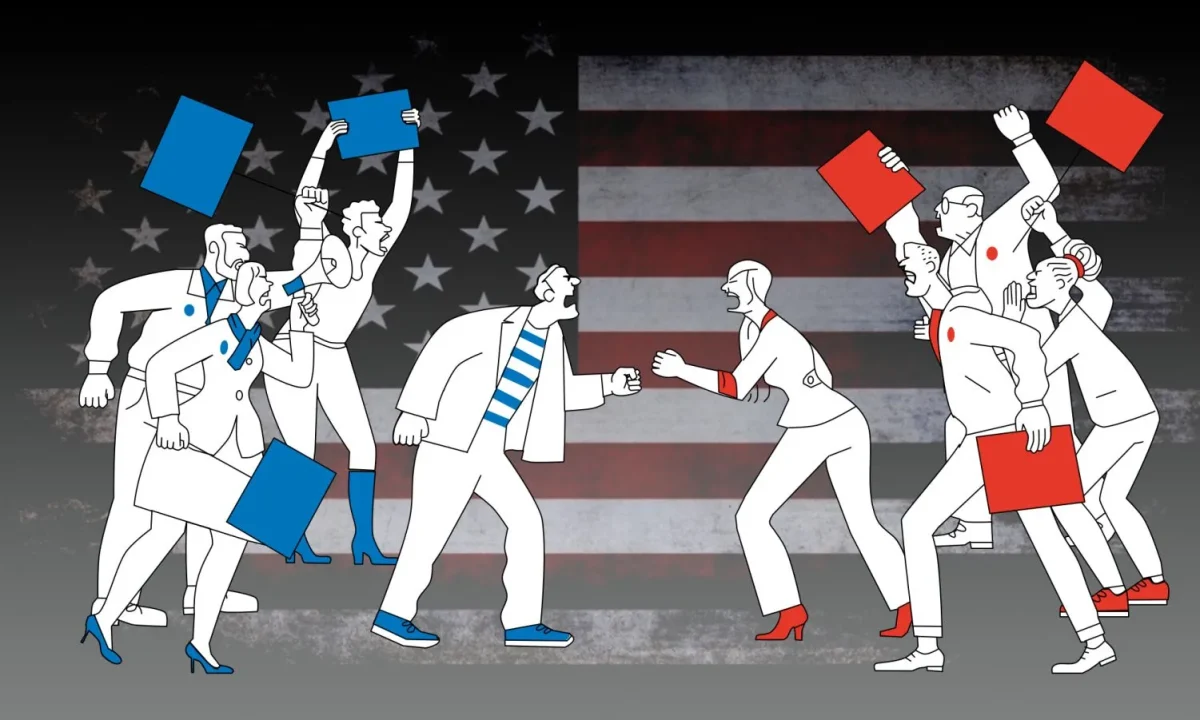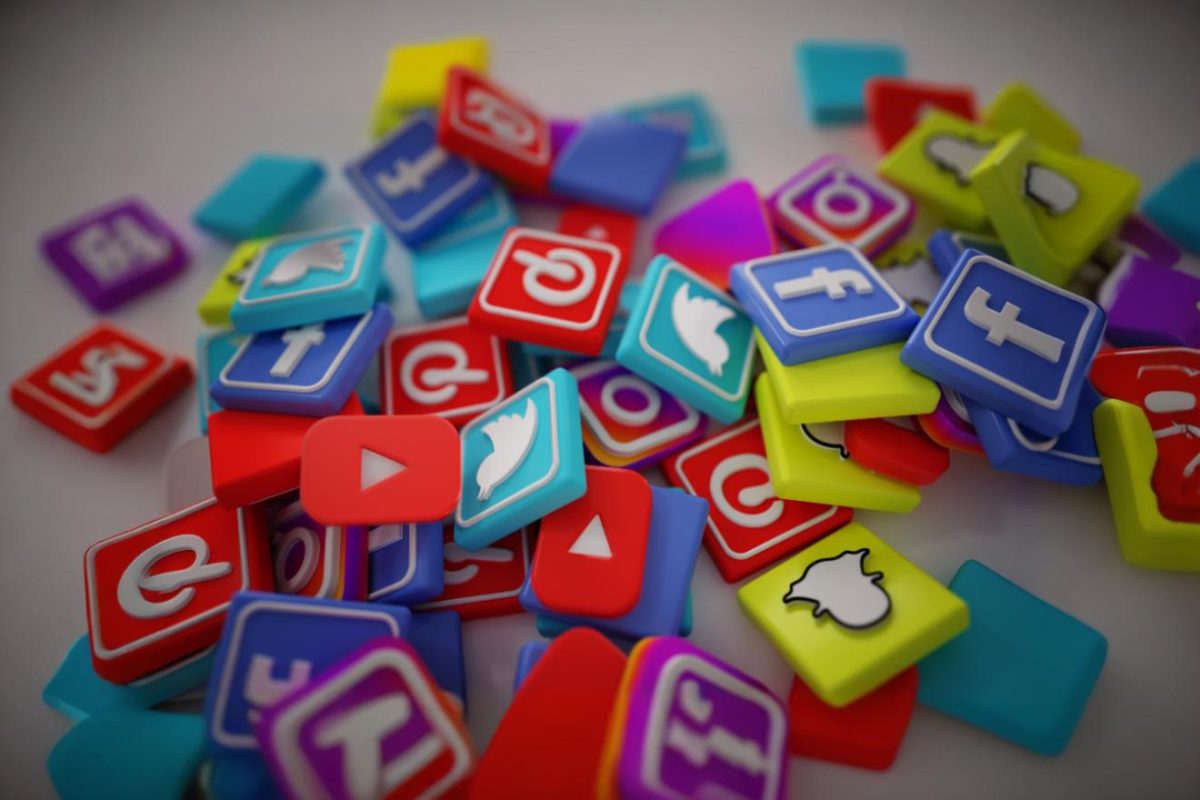In 1960, audiences fled theaters across the US screaming in terror during Alfred Hitchcock’s Psycho. The infamous shower scene– although never explicitly showing a knife piercing skin– was considered horrifying, scandalous, and groundbreaking. As the box office boomed, newspapers warned the faint-hearted. Yet today, a casual scroll through social media is littered with graphic footage of violence, death, and natural disasters, often mixed in with funny videos or the latest trends. What once left people in shock, now garners little more than a like, repost, or a “that’s crazy” before scrolling onto the next video.
This change isn’t triggering humans to become more violent, but rather becoming more numb. Social media has harvested an environment of constant exposure, collapsing boundaries between entertainment and a tragic reality. As a result, our generation is facing a form of desensitization never seen before.
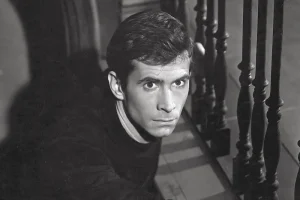
The History Behind Violent Horror
When Hitchcock released Psycho, Hollywood had been operating under strict content codes, and explicit gore, and nudity were largely off-limits in films. Hitchcock created a film first of its kind– putting rules in place for theatres to not allow late entry to fully engage audiences into the viewing experience. The film was fully shot in black-and-white to lessen the appearance of the gore, but this didn’t prevent it from leaving a lasting, disturbed impression on audiences.
Although that reaction now isn’t rare– with films being created since such as; The Exorcist (1973), and Texas Chainsaw Massacre (1974) provoking public outrage, and protests by churches against this form of graphic content. But, disturbing imagery was still hard to come across back then, being confined to theatres, allowing people to choose whether or not to indulge in it.
Now, it’s impossible to avoid. Social media platforms such as Instagram, Tiktok, and X (formerly Twitter), are now hotspots for disturbing media, and often without warning. With a lack of restrictions around violent content, anybody can access it, even children. What once was used to insight upsetting emotions in people through fiction, has now turned into the spread of high-definition violence happening our day-to-day.
The Psychology behind Desensitization

When repeatedly exposed to disturbing content it triggers a psychological process known as habituation. Basically, the more you see something, the less it affects you. Studies have frequently shown that people who consume violent media often report lower empathy and reduced psychological reactions when viewing violence, shown through slower heart rates or less activation in areas of the brain that are stimulated when viewing triggering content (Lai et al. 1).
Social media is able to amplify this process, and share it on a larger scale, because of adaptive algorithms. Videos of murders, pornography, and war often appear without context– shocking videos like these attract engagement, regardless of their extremity. Resulting in this content being spread by users and further dulling their sensitivity to violence.
This doesn’t necessarily make individuals cruel or less empathetic, but rather it’s a response mechanism used by our brains. When our brains are constantly exposed to violence or gore it becomes normal, but that’s because the brain protects itself by reducing an emotional response. But over time, this can erode our sense of compassion towards real suffering.
Normalization Damages our Empathy
The cost of desensitization is subtle yet intense. Because of constant exposure dulling our emotions it hinders our empathy towards others’ pain. It doesn’t just affect how we react to violence but how we ingest social issues, and deal with personal relationships. Outrage about extreme violence is becoming less common, as more individuals disassociate themselves from dark emotions.
But, we’re able to reverse desensitization through engaging on social media mindfully. By setting boundaries for what we consume and choose to share, we’re able to decrease the spread of this form of media, and prevent younger generations from divulging in dark media. It’s vital to process what we see online, and reach out to others if you feel disturbed by videos on your algorithm.
Ultimately, Psycho terrified audiences because it forced them to confront horrors they believed would never happen to them, making them question their safety, and trust in the people around them. Today instead of fictional horror, we’re faced with constant tragedy happening around us, but by realizing the media you’re consuming isn’t just an online video, but another person experiencing horrors unimaginable to most.
Source:
Lai, Chiara, et al. “Violence in Video Game Produces a Lower Activation of Neural Circuits Linked to Social Emotional Processing.” Cognitive, Affective, & Behavioral Neuroscience, vol. 19, no. 1, 2019, pp. 1–12. Springer, https://doi.org/10.3758/s13415-018-00683-y.

